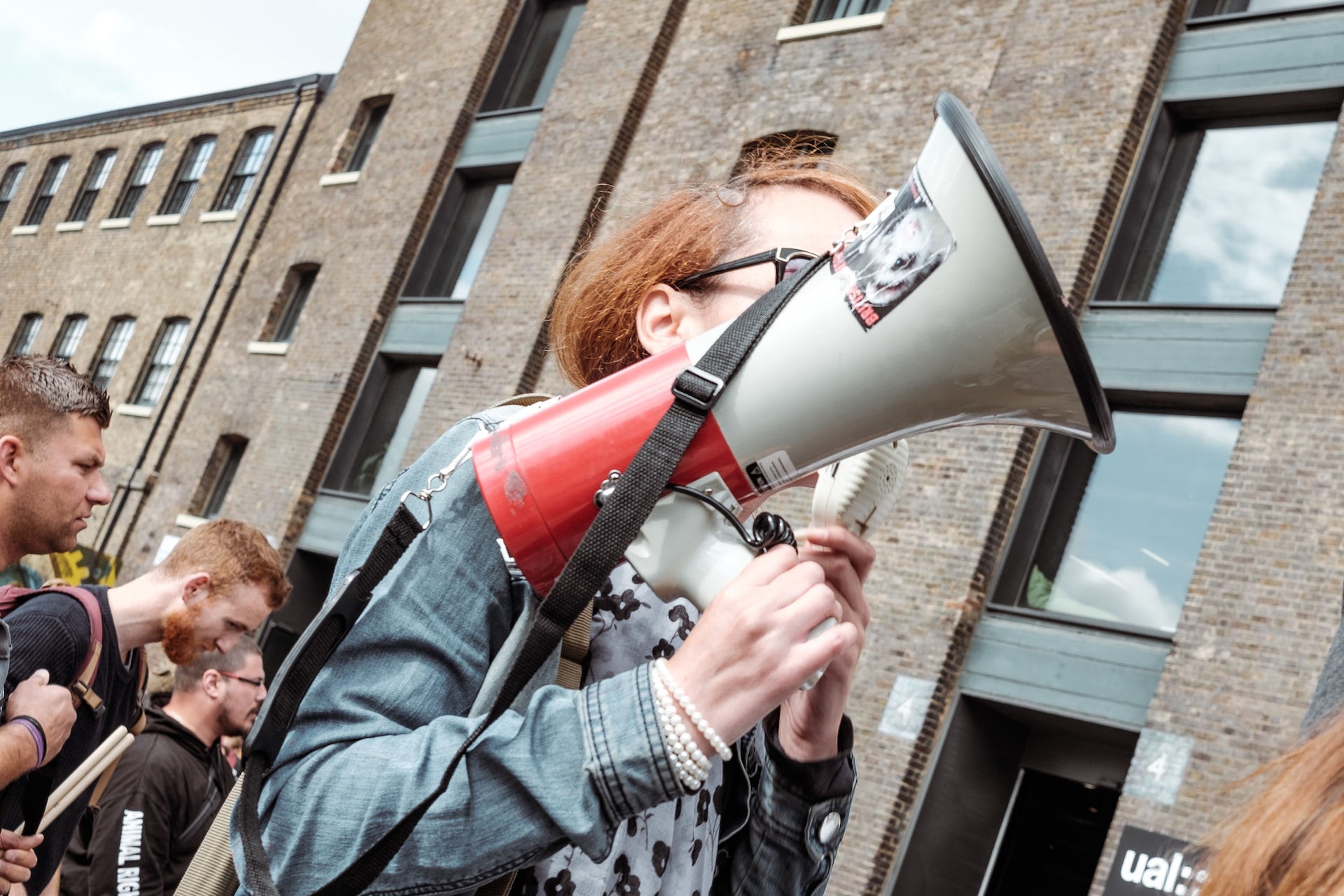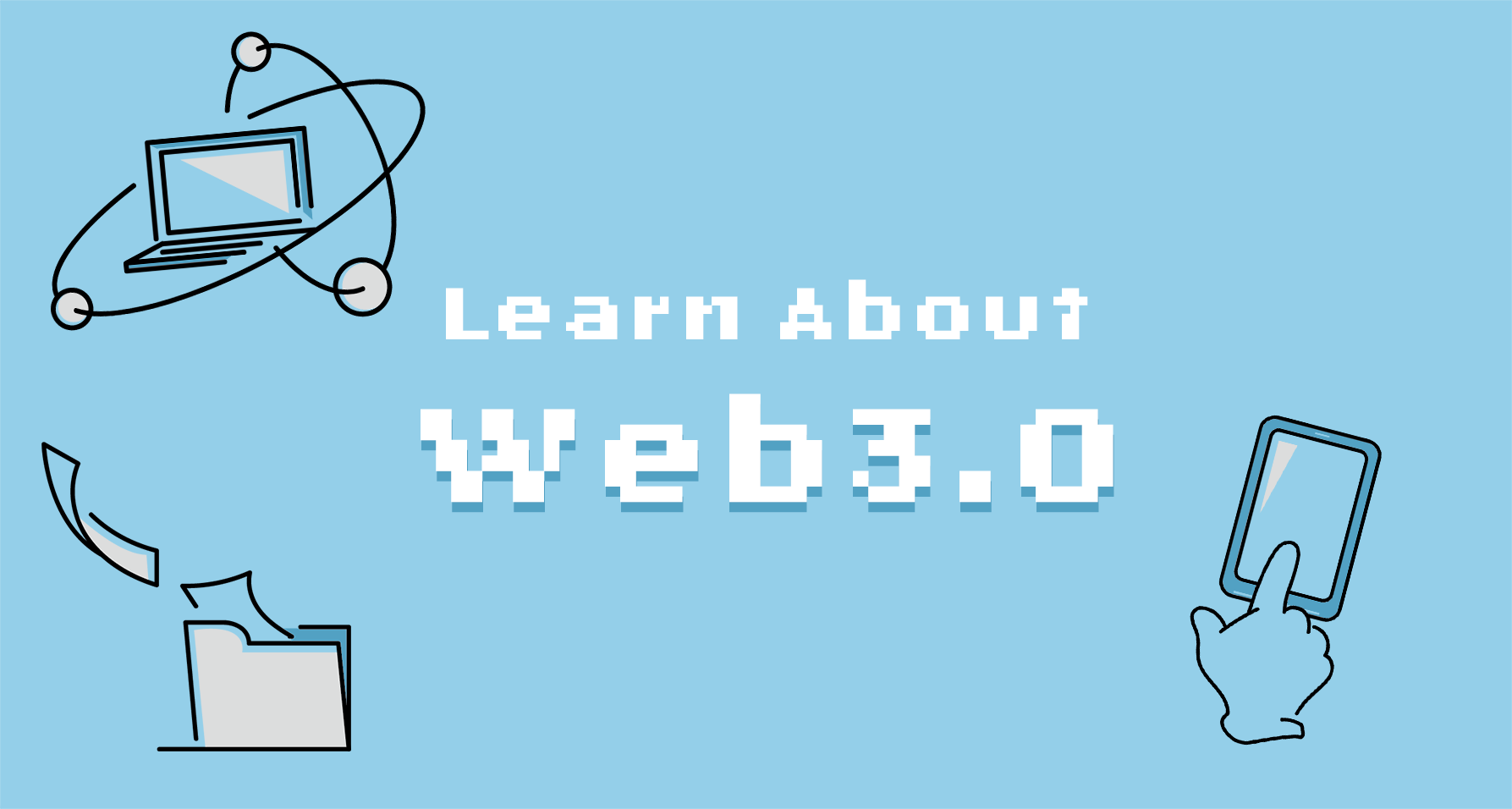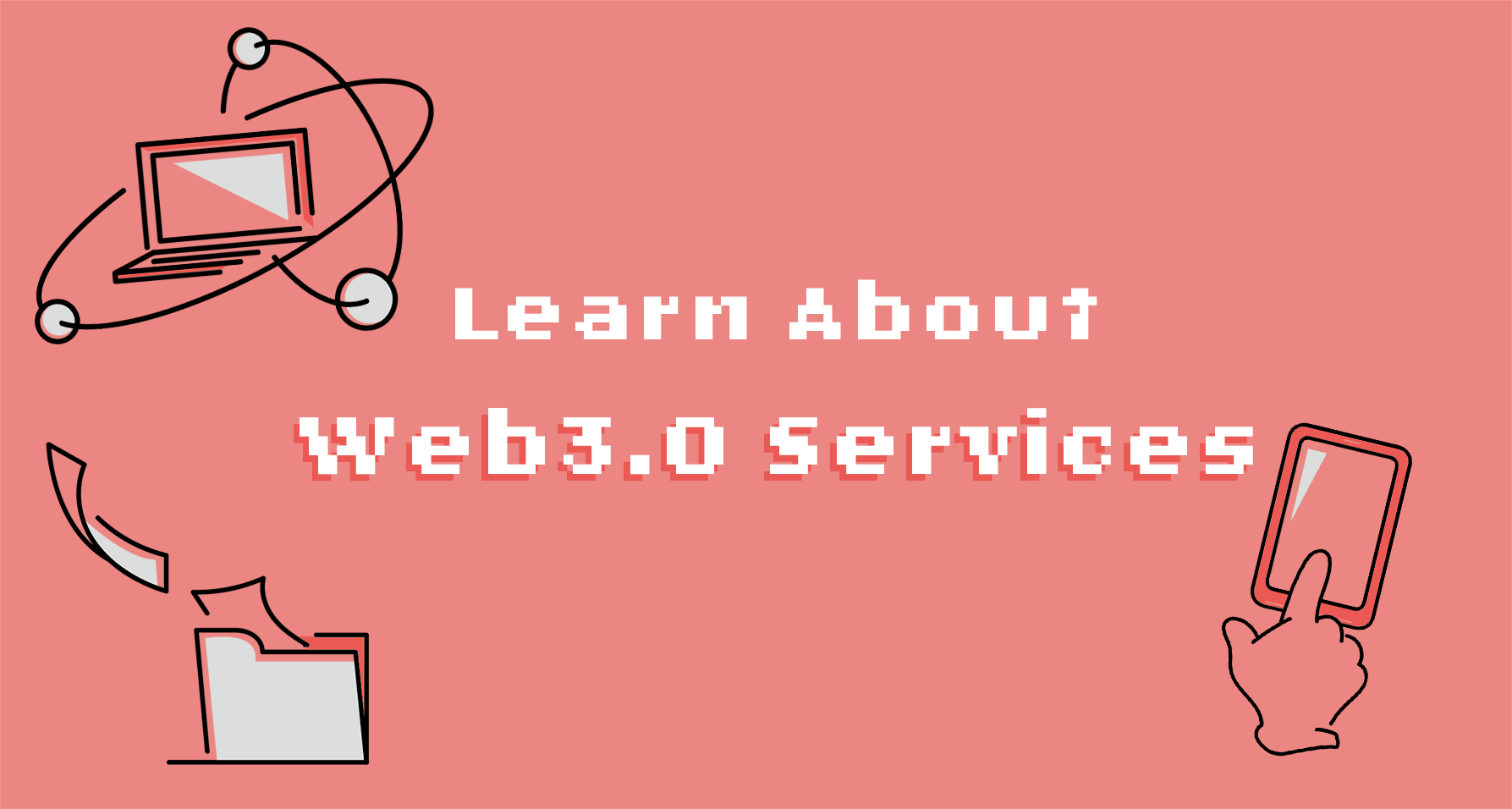Activism is more than just a hashtag. It’s a powerful way to bring about social change, but how do you get started? Whether you’re looking to take action online or offline, here are five key things to keep in mind as you dive into the world of activism. Get ready, because now the real work begins!
What is Activism?
Activism is the practice of working to promote, impede or direct social, political, economic and/or environmental change. Activists employ a variety of strategies and tactics to bring about that change, including lobbying and protesting. Many activists advocate for specific causes and campaigns that vary between single issues such as ending child labor or animal cruelty to global issues like climate change, poverty alleviation or upholding civil liberties.
Activists work collectively with individuals and organizations synergistically advocating for a cause. Depending on their focus, goals range from organizing protests to attending conferences on policy issues. Regardless of the methods used, activists use their voice to spread awareness about an issue in order to eventually drive cultural or political reform that results in empowering people and creating a fair world for all.
Benefits of Activism
Activism is a powerful tool for raising awareness, driving social change and inspiring community involvement. When people come together to work for a common cause, they can make a real difference in creating positive change. Below are five key points about the benefits of joining an activist campaign.
1. Raising Awareness – Activism can be used as an effective way to spread information about critical issues facing our society and communities. Through public protests, letter writing campaigns and other initiatives, activists have the power to expose problems and provoke discussion on important social issues.
2. Building Community – Activism is a great opportunity to build important relationships with people who share similar beliefs and goals. By engaging in dialogue with others through activism, individuals often achieve greater understanding of one anotherÕs viewpoints, paving the way for meaningful cooperation in order to take collective action that will make a difference.
3. Influencing Policy Change – Through activism, groups can pressure governments and other decision-makers into enacting changes that benefit members of their community who may not be able to press their own case alone or as effectively as they do when organized together into an activist network.
4. Educating Others – Activism can be used as an excellent platform for education around any particular issue or cause you’re trying to champion: providing resources on relevant topics and encouraging public discourse around the issue can create lasting awareness which ultimately leads to positive change in our shared environment or society at large.
5. Strengthening Democratic Values – When citizens organize themselves into oriented activist networks focused on improving our society, this demonstrates trust in democratic values such as freedom of speech and the right of the people to express their opinions freely without fear of reprisal or persecution from any authority figure or power source, making these values even more powerful over time!
Different Types of Activism
Activism encompasses a variety of activities, from town hall meetings to sitting at home on the computer sharing articles and opinions on the various social media platforms. While the end goal of all forms of activism is to create positive social and political change, the methods used can sometimes vary between individuals and organizations.
Direct Action: This type of activism often involves face-to-face interaction in order to bring attention people and issues that are otherwise overlooked or ignored by society. Examples include picketing, boycotting products or services and staging public rallies, marches or demonstrations.
Civil Disobedience: This form of activism involves deliberately breaking laws deemed as unjust in order to bring attention to a cause or as a symbolic protest. Examples include sit-ins, hunger strikes and boycotting elections.
Nonviolent Protests: This type of activism involves using peaceful and non-threatening tactics such as marches, protests, educational campaigns or economic sanctions in order to draw attention to an issue or cause.
Internet Activism: This method utilizes the internet by providing information through online campaigns, discussion forums and microblogging sites such as Twitter in order to raise awareness about an issue or cause.
Political Activism: Involves engaging in political action such as running for office, voter registration drives, organizing grassroots campaigns and speaking out at public forums in order to bring about policy changes that support individual rights, civil liberties and other progressive changes within society.
How to Get Involved in Activism
Activism can take many forms, and there are several approaches and styles to take up when engaging in activism. The most crucial step is understanding the issue at hand and the exact approach needed to challenge it. Here are five salient points you should keep in mind if you are interested in getting involved in activism:
1. Establish Goals: Before you begin any form of activism, itÕs important to identify what your ultimate goal is Ñ whether itÕs a legislative change or raising awareness about a topic. Knowing why you want to get involved and what actionable outcome you want will make any form of activism more impactful for all involved.
2. Research: Gather as much information on your focus area as possible before committing yourself to a cause. Are there independent studies that exist on the issue? Is there press coverage or other forms of media that can inform your understanding? Understanding the facts helps establish evidence behind any proposed solutions so that those solutions become more achievable over time.
3. Use Existing Frameworks: Leverage existing frameworks such as public health protocols, legal precedent, or pre-existing ideas that have been proven successful since they tend to create more efficient solutions when compared to creating something new from scratch every time with unknown results and outcomes associated with them
4. Engage Your Local Community: Grassroots and community activism is crucial for ensuring local issues get addressed effectively and quickly since written law can often take weeks or months before changes manifest themselves while community efforts can be enacted almost immediately depending on who has decision making power over those decisions – educate yourself on who holds the power before beginning any form of advocacy work!
5. Understand What You Can Do From Home: Online activism allows individuals from around the world with access to technology (and internet) privilege to jump into any sorts of efforts remotely; this may include signing petitions, calling/emailing government officials, sharing/retweeting messages about important campaigns, attending & organizing virtual rallies/ gatherings etc.. All these activities within itself contribute greatly towards promoting change without having direct contact with people in person – though do note that both face-to-face interaction as well as virtual interactions are equally valuable!
Challenges of Activism
As with any type of engagement or movement, activism entails certain challenges. These can be both external and internal, and can vary from individual activists to large organizations. The following are a few of the primary obstacles activists may face:
1. Long-term Solutions: Many advocacy campaigns focus on the short term, but it takes time for organizations to build enough momentum to move the needle on long-term issues. Securing funding and crafting approaches that will last beyond the immediate crisis is a challenge for protest movements that donÕt have the resources or institutional support of larger organizations.
2. Sustaining Momentum: Activist movements rely on keeping their base engaged and motivated. It is essential for large-scale social change that activists continue to bring energy and attention to their message over time, but this is a difficult feat considering limited resources and an ever-shifting landscape of news outlets for information dissemination.
3. Establishing Legitimacy: Because activities such as civil disobedience are often seen by the public as contentious or even criminal behaviors, these actions must be strategic in order for activist groups to gain legitimacy in their respective fields of causes. Legitimacy can take form in many different ways, including building coalitions with other progressive organizations, engaging in nimble media outreach strategies, commencing legal action when possible or appropriate, developing relationships with elected officials or leveraging existing popular opinion through petition campaigns or boycotts..
4. Defining Goals: For an activist movement to stay focused on specific goals and create concrete results, it will need a clear agenda Ð something which may not always be achievable due to the diverse nature of coalition members within any social justice organization or collective action effort (which may also result in fundamental disagreements between key individuals). Furthermore, achieving coherence within strategic objectives among members may require skillful negotiation across multiple parties who can come to mutually beneficial outcomes without diluting commitment towards wider movement goals.
5. Burnout: Successful activism requires conviction and dedication borne out of passion for a cause that goes far beyond individual gain; as such campaigners tend to expend disproportionate amounts of time and energy into their projects over extended periods – often leading burnout amongst organizers who have given so entirely much time into mobilizing people towards collective objectives which has often yielded only limited success due vast power imbalances stacked against them in terms a resource sustainment .
The Impact of Activism
Activism can have far-reaching impacts on society, both positive and negative. By raising public awareness about an issue and encouraging people to take action, activists can help to move forward initiatives that help bring about meaningful change for people and the environment. Activism also engages individuals in decision-making processes at all levels of government, pressurizing policy makers to take the needs of constituents into account when crafting decisions.
At the same time, activists must be conscious of their words and approach so as not to polarize opinions or alienate those who may be open to their message but are just not there yet. Furthermore, some forms of activism such as hate-filled messages and violence Ð are counterproductive, leading to more harm than good in many cases. Therefore it is important for activists to recognize how their actions could cause division instead of bringing about unity for a common cause.
Ultimately, it is important for activists to utilize effective strategies that create opportunities for meaningful conversations across different backgrounds and perspectives; demonstrate integrity in their approach; look beyond disciplinary boundaries; build coalitions; engage marginalised stakeholders; operate with empathy towards each other; deploy resources judiciously; evaluate successes carefully; and engage meaningfully with institutional actors. With these ideas in mind, anyone has the potential and power to affect change through activism.
Examples of Activism
Activism can take on many different forms depending on the goals of the activists and their capacity to achieve those goals. Here are a few examples of activism that highlight some of the most common strategies:
1. Physical demonstrations: This often includes marches, protests, vigils, rallies, and civil disobedience. The aim is to gain attention for a specific issue and to push for necessary change either through media coverage or policies enacted by authorities.
2. Sit-ins: Sit-ins are used as a way to occupy certain spaces in order to raise awareness or simply protest existing policies. Activists will sit in a spot until their demands are met or until theyÕre removed forcibly by authorities.
3. Visible protest symbols: Symbols such as flags or placards that display slogans serve as reminders of an unresolved issue which can then be widely shared through social media campaigns.
4. Creative expressions: Creative expressions such as mural art, theatre performances, story-telling, and music can be used to capture peopleÕs attention and present facts about an issue in a more engaging way than just plain rhetoric alone.
5. Social media campaigns: Social media platforms have allowed activists from around the world to come together both online and offline through effective use of hashtagging, memes, videos among other avenues which have allowed them to reach wider audiences than ever before while also sharing powerful stories inspiring positive action on various causes they are passionate about.
Tips for Effective Activism
Whether you are new to the concept of activism or have long been involved in advocating for a cause or belief, understanding how to approach it in an effective manner can be critical for creating positive outcomes. Being knowledgeable about the different approaches and strategies that are available within the field of activism can help ensure that maximum impact will be achieved. Here are five tips for effective activism that can help ensure your efforts reach farther than anticipated.
1. Establish your goals. Before you begin any form of activism, it is important to clearly identify your goals and objectives. Ask yourself what the purpose of your campaign is and which outcome you would like to achieve through it. Doing this will enable you to create a plan with specific milestones and action steps that will need to be taken along the way in order to reach those objectives.
2. Connect with organizations who share similar goals and values as yours. Working together with like-minded organizations can amplify all efforts towards achieving common objectives and lead campaigns towards success faster and more efficiently by offering assistance, spreading information, providing access to resources etcetera
3. Utilize technology as much as possible; online platforms like social media are extremely powerful tools for activists around the world who are hoping to have their voices heard in an efficient manner; use YouTube videos, infographics, photographs or creative content alongside educational campaigns which provide readers with potentially useful information about topics surrounding their beliefs
4 .Be aware of existing laws surrounding activism; understand what is acceptable behaviour when campaigning for a cause considering regional legislation as well as potential consequences
5 .Choose an effective tactic: whether it’s filing lawsuits or engaging in peaceful protests perform due diligence beforehand so that strategies used have greater chances of carrying out objectives






